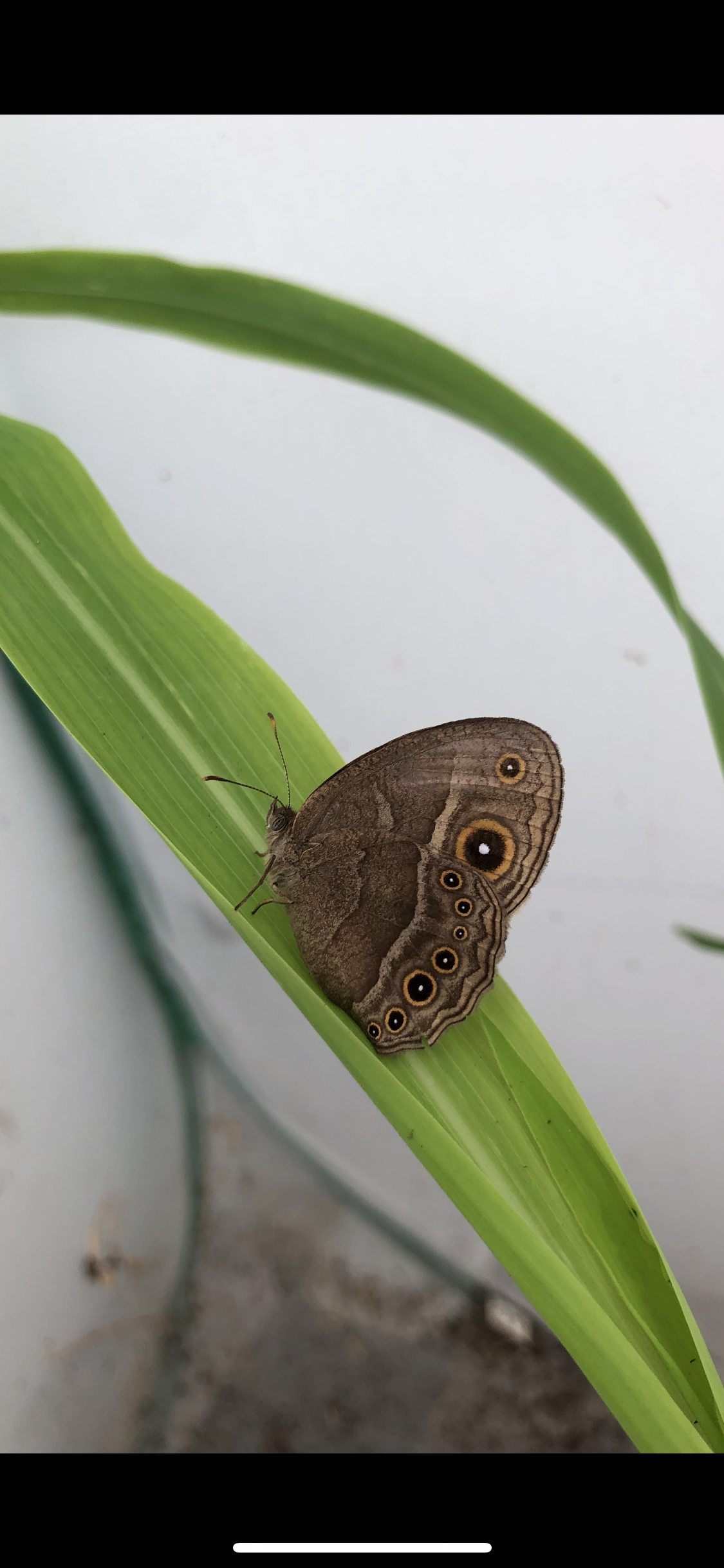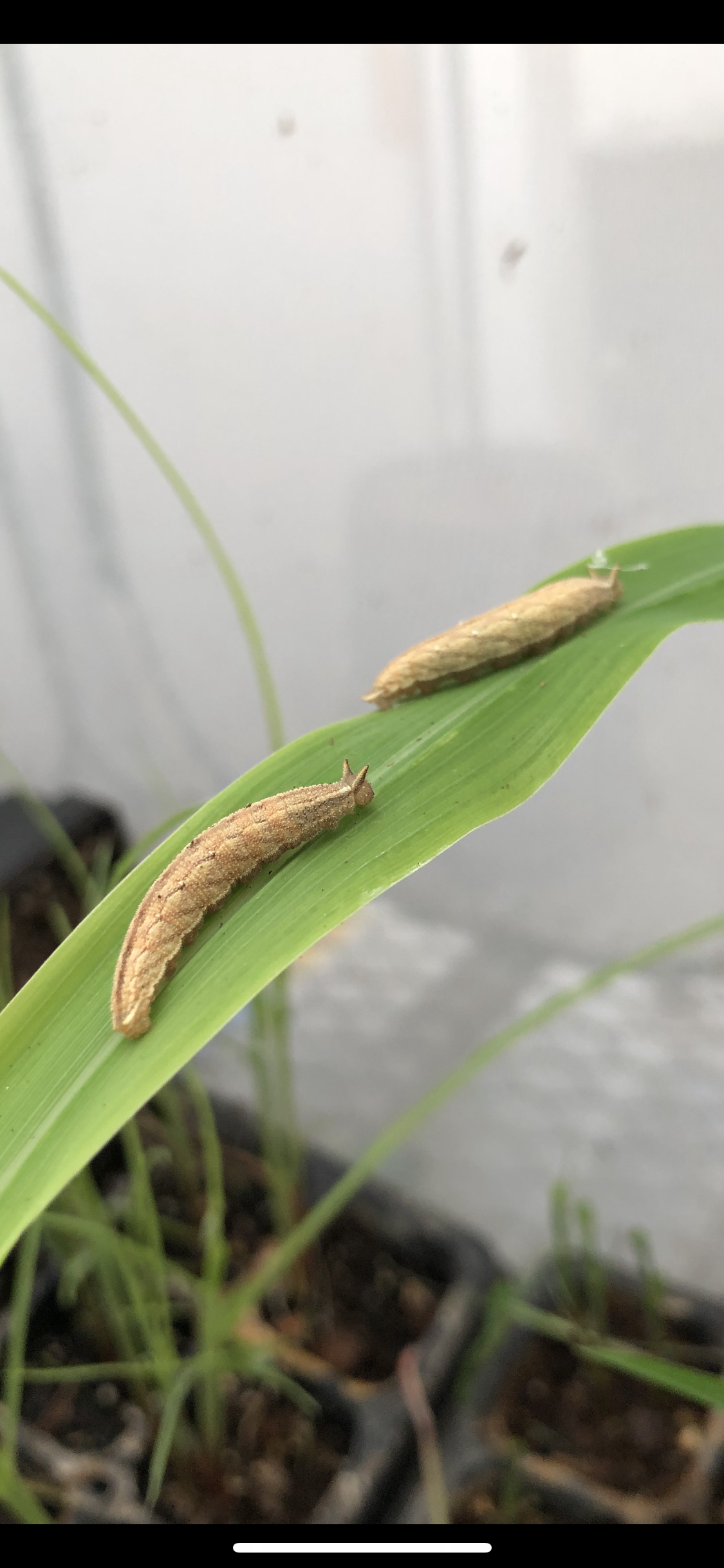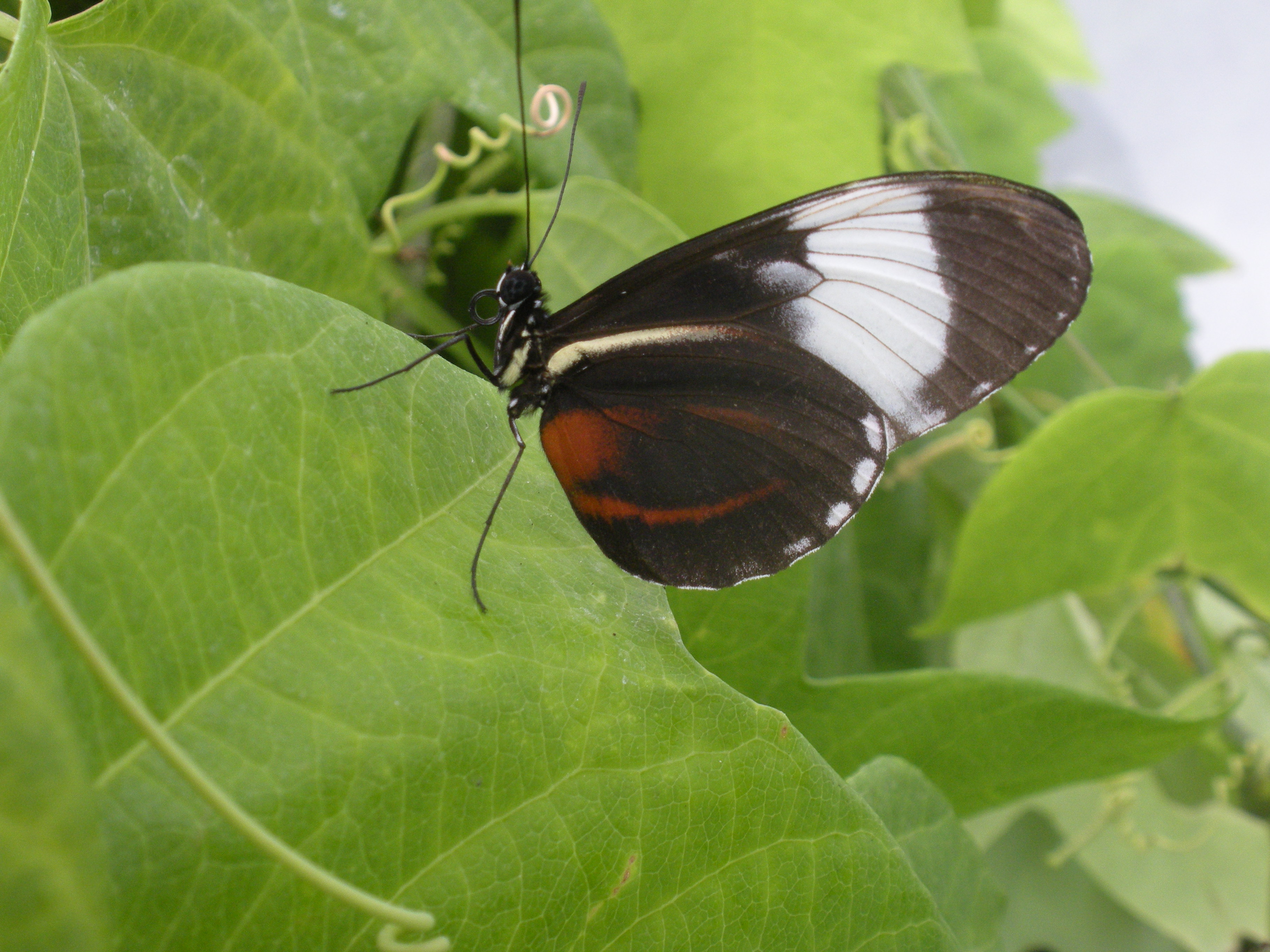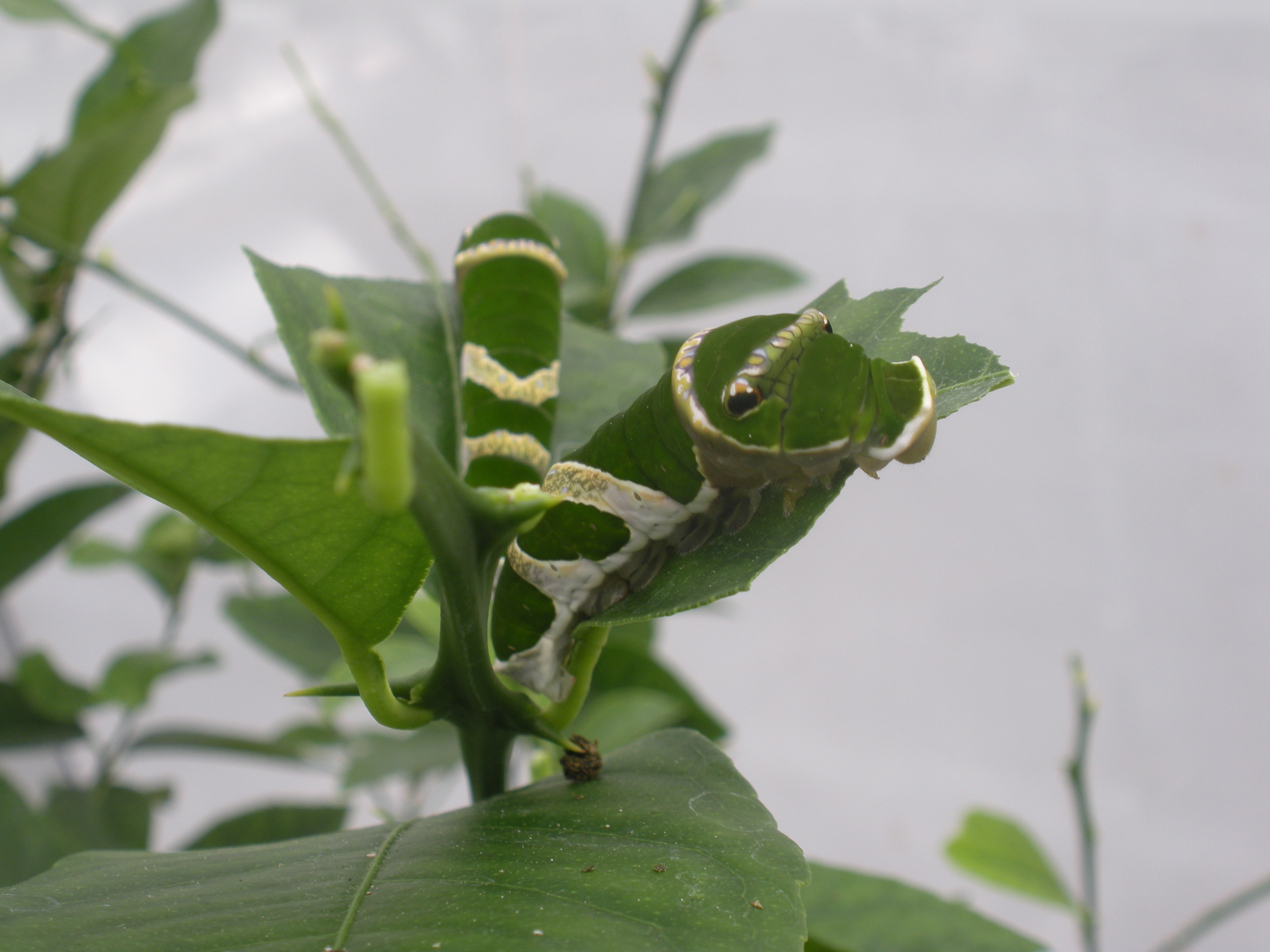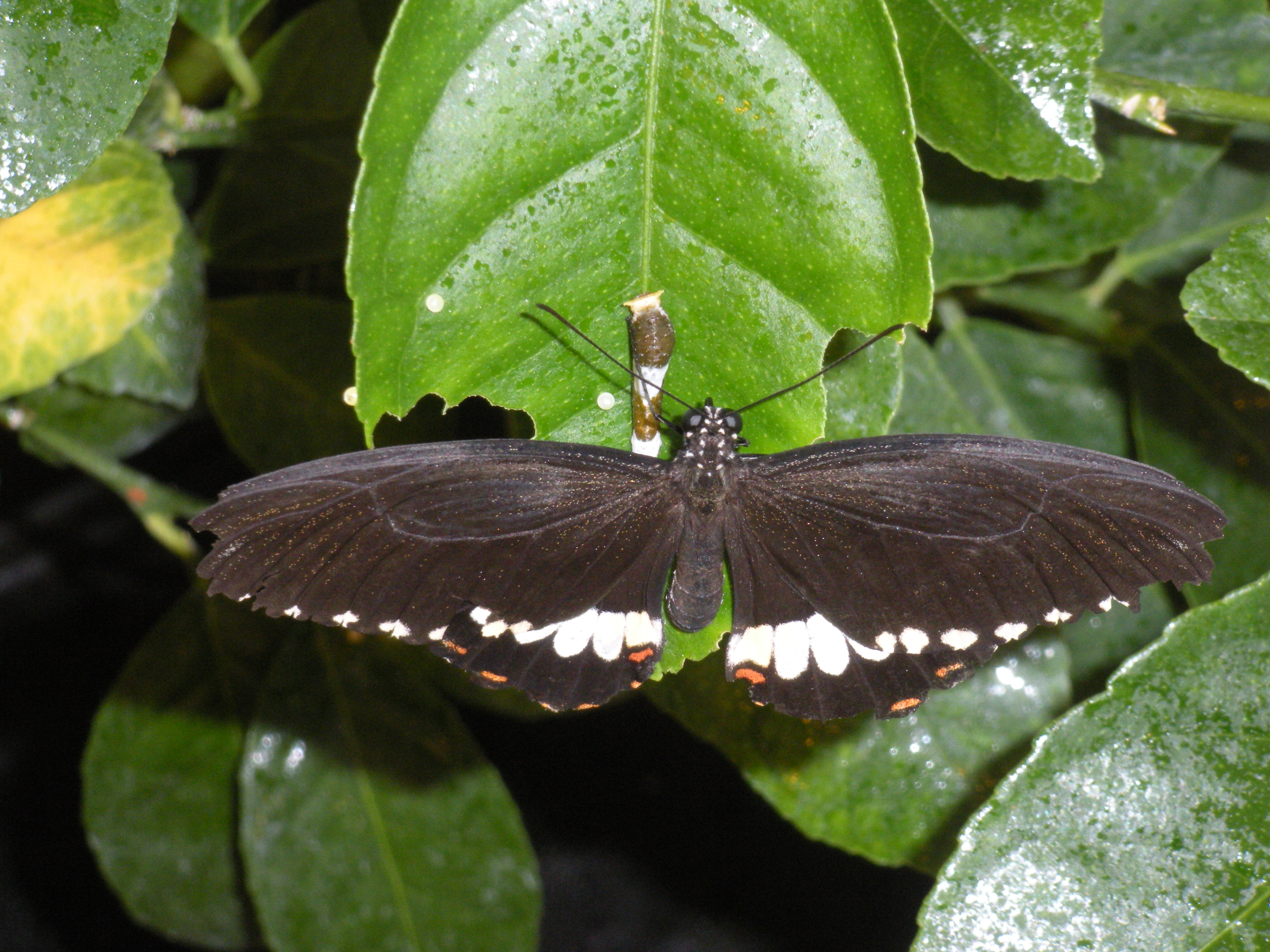Recent advances in sequencing techniques and transgenic tools make it possible to answer some of the most difficult and important questions in animal behavior. For example, we now have the technical ability to determine the genetic and neural mechanisms underlying behavioral development, signal processing, and decision making.
Research in the Westerman lab integrates classic animal behavior with genomics, transgenics, and neurobiology techniques to better understand the mechanisms of behavior. While we are broadly interested in behavioral genetics, a majority of our research focuses on determining the mechanisms underlying visual communication, behavioral plasticity, sexual selection, and social behavior.
The genetics of visual attraction
The visual components of mating displays are often a complex combination of size, shape, a sequence of motions, patterning, and color. The complexity of signaling in this sensory modality makes identifying genes associated with variation in preference for specific elements of the visual display difficult. Butterflies, and particularly Heliconius butterflies, have proven valuable in this regard, because males in multiple species approach and court females based on the presence or absence of specific colors on the female forewing, making male approach a behavioral response to a single visual signal. In addition, some species, such as Heliconius cydno and Heliconius melpomene, are polymorphic for both forewing color and male mate preference.
We take advantage of this polymorphism in preference and morphology, and the recent burst in genomic and transgenic tools available for non-model systems, to study the genetics of visual attraction. We use a number of butterfly species, including Bicyclus anynana, Heliconius cydno, and Heliconius melpomene in our study of the genetics underlying mate preference formation.
In addition, partially in collaboration with the Kronforst Lab at the University of Chicago, we are determining the genetics of assortative mating.
Relevant Publications
Ernst, D.A.*, Agcaoili, G.A.*, Merrill, A.N., Westerman, E.L. (2023) A learning experience elicits sex-dependent neurogenomic responses in Bicyclus anynana butterflies. Molecular Ecology. DOI: 10.1111/mec.16920 *=co-first authors link
VanKuren, N.W.*, Buerkle N.P.*, Westerman, E.L., Im, A.K., Massaro, D., Southcott, L.M., Lu, W., Palmer, S.E., Kronforst, M.R. (2022) Genetic and peripheral visual system changes underlie evolving butterfly mate preference. bioRxiv. DOI: 10.1101/2022.04.25.489404 link
Ernst, D.A., Westerman, E.L. (2021) Stage- and sex-specific transcriptome analyses reveal distinctive sensory gene expression patterns in a butterfly. BMC Genomics 22, 584 DOI: 10.1186/s12864-021-07819-4 link
Zhang, Y., Teng, D., Lu, W., Líu, M., Zeng, H., Cao, L., Southcott, L., Potdar, S., Westerman, E., Zhu, A., Zhang, W. (2021) A widely diverged locus involved in locomotor adaptation in Heliconius butterflies. Science Advances 7:eabh2340 link
Westerman, E.L., Bowman, S.E.J., Davidson, B., Davis, M.C., Larson, E.R., Sanford, C. (2020) Deploying big data to crack the genotype to phenotype code. Integrative and Comparative Biology DOI: 10.1093/icaa055 link
Westerman, E.L. (2019) Searching for the genes driving assortative mating. PLOS Biology 17(2):e3000108 Doi: 10.1371/journal.pbio.3000108 link
Westerman, E.L.*, VanKuren, N.W.*, Massaro, D., Tenger-Trolander, A., Zhang, W., Hill, R.I., Perry, M., Bayala, E., Barr, K., Chamberlain, N., Douglas, T.E., Buerkle, N., Palmer, S.E., Kronforst, M.R. (2018) Aristaless controls butterfly wing color variation used in mimicry and mate choice. Current Biology *=co-first authors Doi: 10.1016/j.cub.2018.08.051link
Westerman, E.L., Letchinger, R., Tenger-Trolander, A., Massardo, D., Palmer, D., Kronforst, M.R. (2018) Does male preference play a role in maintaining female limited polymorphism in a Batesian mimetic butterfly? Behavioural Processes 150: 47-58 DOI: 10.1016/j.beproc.2018.02.014 link
Zhang, W., Westerman, E., Nittany, E., Palmer, S., Kronforst, M.R. (2017) Tracing the origin and evolution of supergene mimicry in butterflies. Nature Communications 8:1269 DOI: 10.1038/s41467-017-01370-1 link
These materials are not endorsed, approved, or provided by or on behalf of the University of Arkansas

